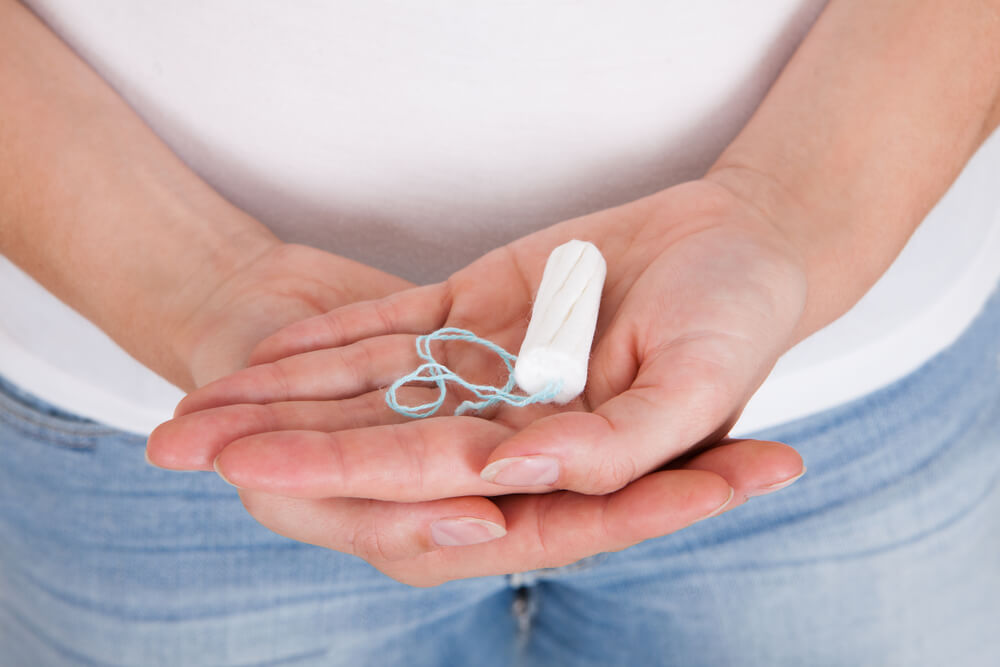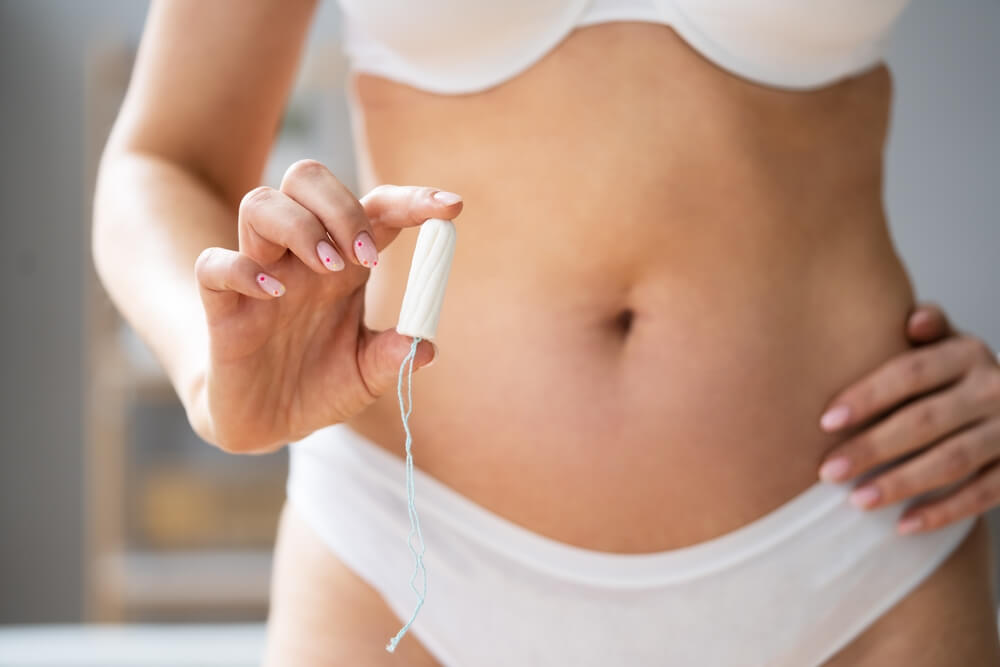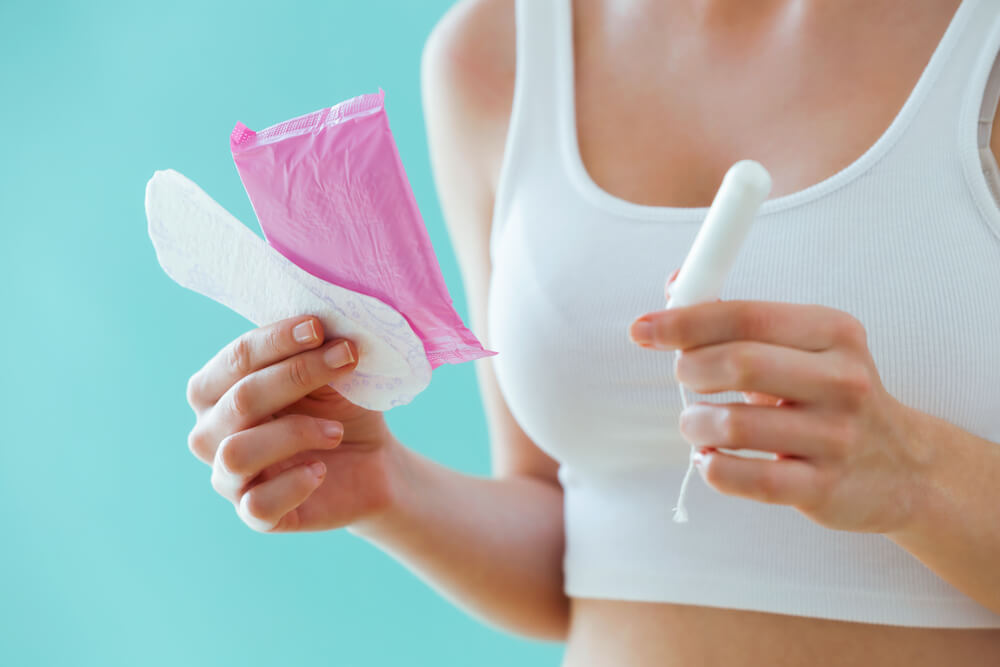This detailed guide on how to put a tampon in will teach you all of the steps you need to take for proper tampon insertion. Even if this is not your first time using a tampon, you may be looking for helpful tips and tricks from experts. The good news is you’ve landed on the right article. Below, you’ll find the easiest and best way to insert a tampon correctly so you can feel at ease every day of your period. You will also learn about some of the reasons why putting in a tampon the right way matters. Also, if you have any further questions or concerns about your health, consult with professionals, such as Pediatric and Adolescent Gynecology Care in South Miami, Florida.
How to put a tampon in? Keep scrolling to find out.
Why Does Inserting a Tampon Properly Matter?
There are many reasons why you want to learn how to put a tampon in. You might have learned tampon insertion from your mother, grandmother, or older sister, or perhaps you learned it by yourself. Even though your loved ones might have the best intentions, the techniques you have learned could be incorrect. Here are some reasons why it is essential to educate yourself on how to insert a tampon correctly.
For instance, improper use can lead to leakage and discomfort. On the flip side, if you practice correct tampon insertion, the menstrual blood will be fully absorbed, and you will be able to live your life carefreely and normally. According to experts, tampons are preferred over pads because they are very easy and discreet. You can go swimming and jogging without worrying about uncomfortable and embarrassing leakage. When you are unaware of proper tampon insertion, you may feel the tampon, and this can cause further discomfort.
If you need expert help and guidance, we’re here. Consult with experts at Obstetrics and Gynecology in South Miami, Florida, today.
Tampon Insertion and Tampon Anatomy

If you are entirely new to tampons or you want to learn more about them, you will want to start with the “anatomy” of a tampon. Firstly, what is a tampon anyway? Contrary to popular belief, the word “tampon” can mean one of these two:
- A complete device (the whole “tampon”).
- The device’s absorbent core (typically a bullet-shaped fabric piece that females insert into their vaginas during periods).
Before you start inserting a tampon, skim through the following components:
- The applicator: A barrel that is tube-shaped that contains a highly-absorbent core. This applicator can be cardboard or plastic, and it has an opening for the fabric.
- The plunger: A barrel that is smaller in size. It is also tube-shaped and made of cardboard or plastic. When the applicator is carefully inserted into the vagina, the plunger is slid up into the applicator. As a result, the cotton tampon will be pushed into the vagina.
- String: This braided string is enclosed by the plunger and attached to the absorbent core. When the tampon is inserted, the string will hang out of the vagina. When you need to remove it, tug on the string.
Remember that not all tampons are created the same – some have applicators while others do not. If you are a complete beginner and you are learning how to insert a tampon correctly, start with a tampon with an applicator. These are typically readily available at stores, and they are easier to use. According to some experts, to elevate your comfort, choose plastic applicators, as they are more comfortable than cardboard.
Putting in a Tampon: The Steps
If you are ready to learn how to put a tampon in, keep reading for detailed and simplified steps. Always make sure that your hands are clean and sanitized to avoid infection. If you have any further doubts or questions about proper tampon insertion (or your health in general), talk to your medical expert.
Choose the Proper Tampon for You
Before learning how to insert a tampon correctly, you’ll want to pick and choose the suitable device for you. We are all different, so you may require another type of tampon than your friend or sister. Firstly, tampons can fall into different categories, depending on the level of absorbency. This means that some tampons soak up more menstrual blood than others. Experts claim that tampons are not categorized according to vagina size. Instead, they are labeled according to how heavy a woman’s menstrual cycle is.
That means terms like “light” or “junior” refer to tampons suitable for lighter menstrual bleeding, while “ultra” and “super” are for heavy flow days. Often, a woman will require tampons with different absorbency levels for different days of her menstrual cycle. Sadly, you can never be sure how heavy your period will be. By learning about your body and seeing some patterns during your menstrual cycles, you may guess when you will require “light” or “ultra” tampons.
Here are the categories explained:
- For lighter days: Women are recommended light, slim or junior tampons. These are excellent choices for the initial days of a menstrual cycle (if you typically have a lighter flow at the beginning of your cycle) or at the end of the period. In most cases, women experience a light flow as the period ends.
- For normal days: Consider regular-absorbency tampons.
- For heavy days: Super or ultra tampons are the way to go. If you are experiencing very heavy bleeding, you may want to use a pad for extra protection. That said, if the bleeding is abnormally heavy, talk to your OB-GYN for guidance. While having “heavy” days during your menstrual cycle is normal, abnormal bleeding can be a sign of something more serious. Consult with a professional for expert diagnosis and help.
Always Wash Your Hands
Insert a tampon correctly, and always wash your hands before and after. Use antibacterial soap to make sure your hands are properly sanitized.
Relax Your Body
Some women can be nervous when learning about inserting a tampon correctly. Unfortunately, anxiety and stress can make your body tense, making proper insertion more challenging. Take a couple of deep breaths before starting. Focus on unclenching your muscles, and inserting a tampon will become easier.
Get Into a Comfy Position
One of the best ways to insert a tampon correctly is to sit on the toilet. Spread the legs wide and place your knees apart.
Find Your Vagina’s Opening
Place the tampon inside the vagina and up the vaginal canal (the tunnel inside the body). Putting in a tampon is simple, and it is done by spreading the labia and holding the device with one hand. Hold the labia apart with your other hand and put the applicator’s tip at the vagina’s entrance. Inserting a tampon at an angle may help.
Remove the Tampon’s Applicator

Always remove the tampon’s applicator. Refrain from pulling the string, as this can loosen
the device. Discard the packaging and the applicator.
Take Out the Tampon on Time
Even though tampons are safe, never use one for eight or more hours. Take it out before that period (even if it is not entirely soaked) to avoid toxic shock syndrome and other health risks.
Book an Appointment Today
Every woman should visit a medical professional for regular check-ups. Give us a call today to get started.


